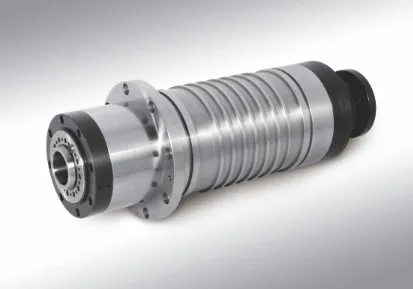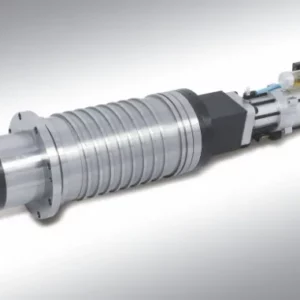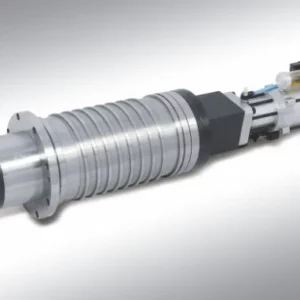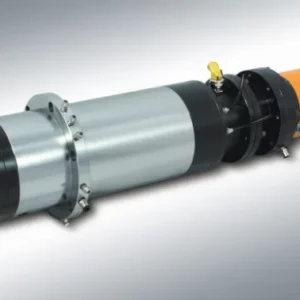

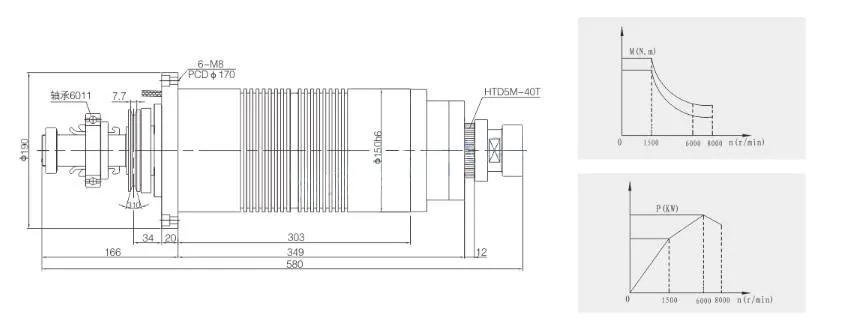
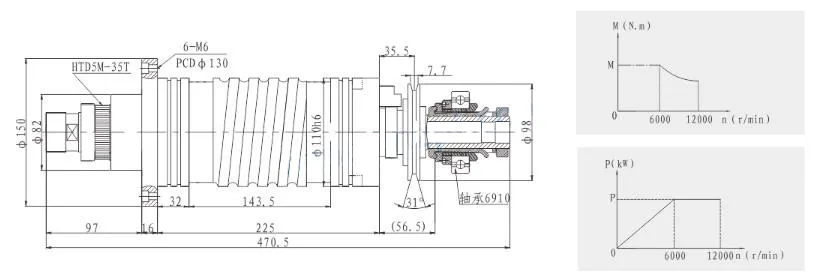
Spindle Motor Applications
Spindle motors are essential in various precision machining and manufacturing processes, driving the rotation of tools and enabling high-performance cutting, grinding, and milling operations. Commonly used in CNC machines, they offer high torque and speed control, making them ideal for applications that require tight tolerances and complex geometries. Their ability to provide consistent power output ensures optimal cutting performance and surface finish quality.
In the automotive and aerospace industries, spindle motors are employed in high-precision manufacturing, such as engine parts, turbine blades, and other critical components. Their versatility allows them to handle a wide range of materials, from metals to composites, while maintaining the high-quality standards required in these sectors.
Additionally, spindle motors are widely used in the woodworking, medical, and electronics industries. For example, they are integral to PCB drilling, laser engraving, and medical device manufacturing, where reliability, precision, and consistent performance are paramount. The adaptability of spindle motors makes them indispensable in numerous specialized applications across diverse sectors.
Spindle Motor Used for Lathe
Spindle motors are critical components in lathe machines, where they provide the rotational power required for turning operations. In a lathe, the spindle motor drives the rotation of the workpiece, while tools perform various operations such as cutting, drilling, and threading. These motors are designed to deliver consistent torque and speed, ensuring the smooth operation of the lathe while maintaining precision, particularly in high-demand tasks like high-speed machining or heavy-duty cutting.
Lathe spindle motors are typically high-torque, low-speed motors that can also handle variable speed adjustments, allowing the operator to fine-tune the motor’s performance to suit the specific material and cutting operation. This flexibility is vital for machining a variety of metals, plastics, and composites with different cutting characteristics. By offering smooth acceleration and deceleration, spindle motors help minimize vibration and maintain the dimensional accuracy of the workpiece.
With advanced cooling mechanisms, such as liquid or air cooling, lathe spindle motors can operate at higher power levels without overheating, ensuring durability and long service life. Their precision and reliability make them indispensable for industries like automotive, aerospace, and manufacturing, where high-quality, precise parts are produced consistently.
Istnieją dwa sposoby na uzyskanie mocy wyjściowej. Pierwszy to stały moment obrotowy, a drugi to stała moc, jak poniżej:
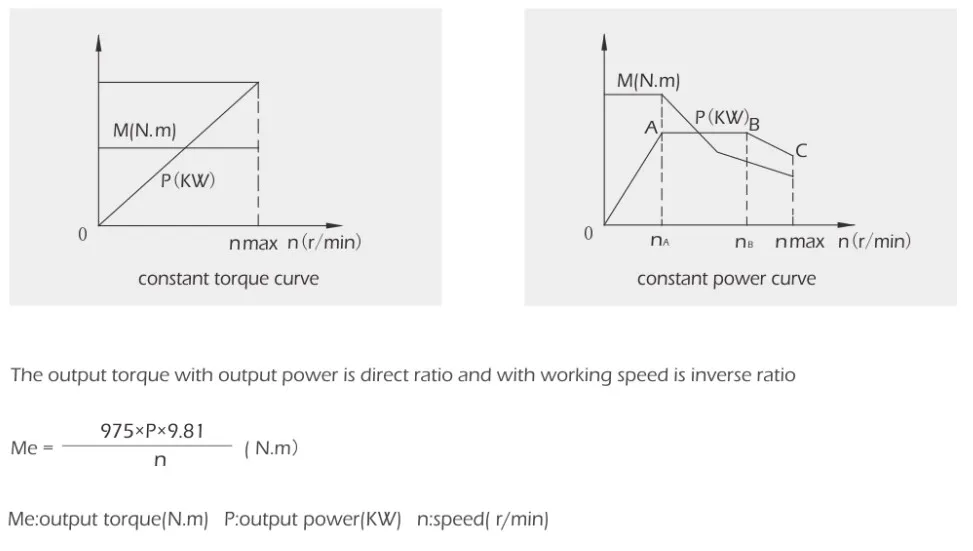
Wyjaśnienie nomenklatury wrzeciona silnika
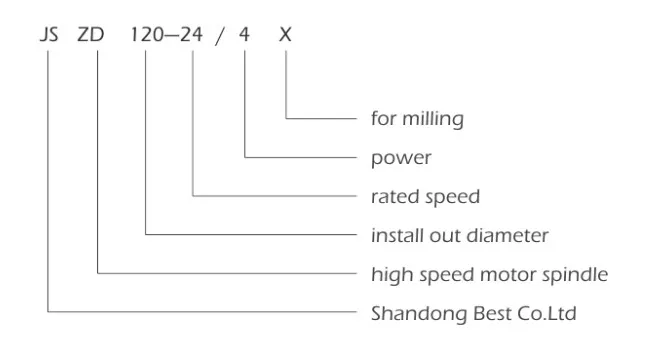
Koniec połączenia wrzeciona
Posiada wiele różnych typów połączeń, w zależności od modelu wrzeciona, zapoznaj się z poniższą tabelą.

Instrukcja wrzeciona
2. Elektryczny wrzeciono jest ogólnie chłodzony przez krążącą wodę. Woda chłodząca musi być odporne na rdzę i filtrowane czyste. Kiedy nabycie woda, wlot musi być pod ten elektryczny wrzeciono.
trzy. Gdy praca z wrzeciono smarowane mgłą olejową, stres zawór regulacyjny na mgła olejowa urządzenie powinno być dostosowano do 0,25~0,3 MPA mgły ciśnienie powinno być 0,1~0,2 MPa i różnorodność krople oleju musi być 60-70 kropli/min. i także olej smarowy powinno być olej dzwonowy lub olej turbinowy nr 20.
cztery. Ten prędkość wokół wrzeciono silnikowe przewodnik zdecydowanie jest najwyższy prędkość, I to może nie być podniesiony, Niemniej jednak, to Może zatrudniony zmniejszyć
ten tempo, napięcie i częstotliwość są zmniejszony kiedyś prędkość jest obniżony.
5. Obrót kurs z wrzeciono silnikowe jest zwykle przeciwnie do ruchu wskazówek zegara (patrząc w wału). z wyjątkiem ekskluzywny
żądania.
6. Wrzeciono silnikowe smarowane mgłą olejową musi być połączony z wodą i benzyna przed to możliwe rozpocząć I przerwać woda i paliwo dostarczać Po zamknięcie.
Wyjaśnienie: unikalny działanie jest wymagane według do elektryczny wrzeciono wytyczne.

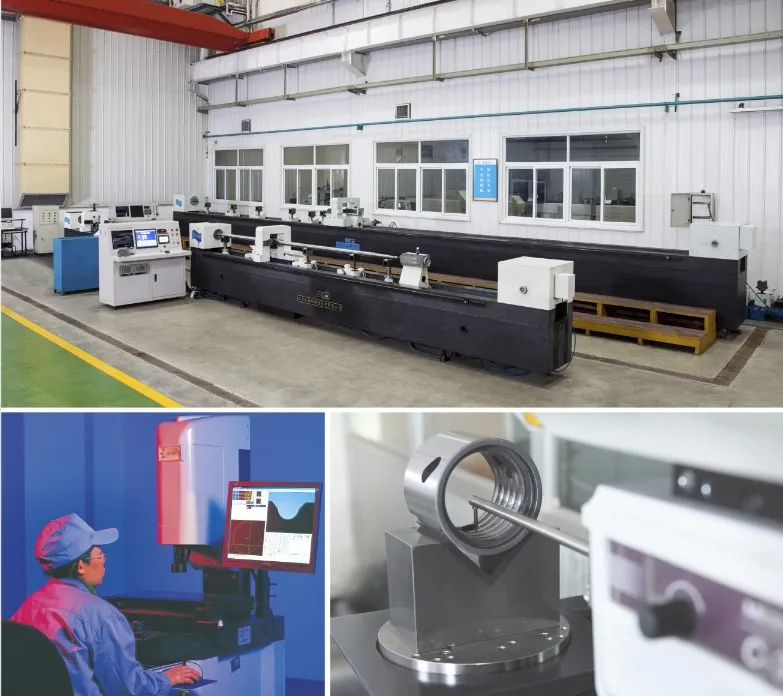

Autor: CX

